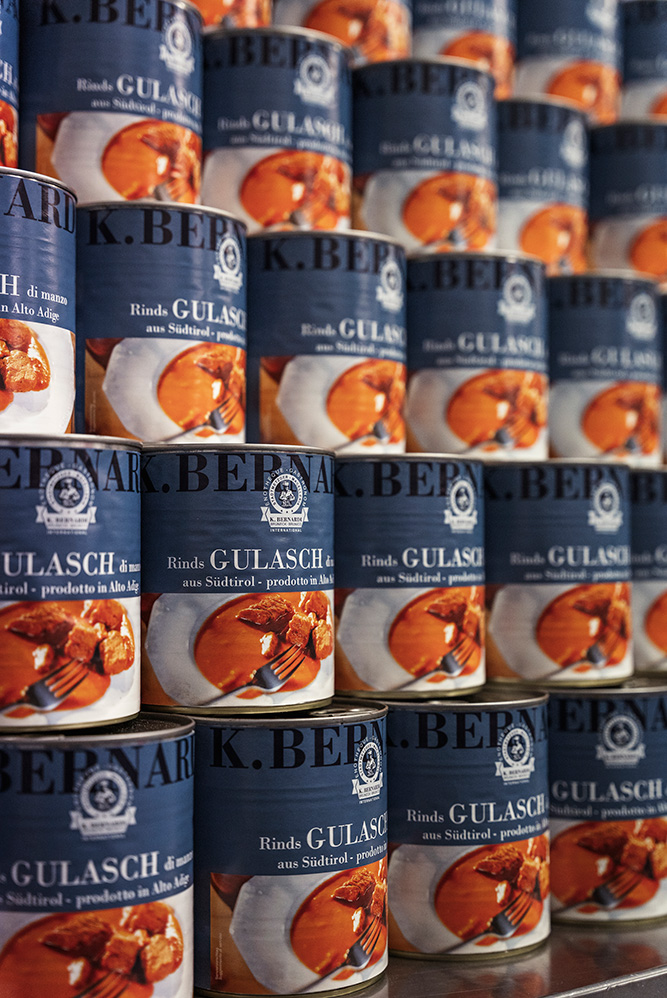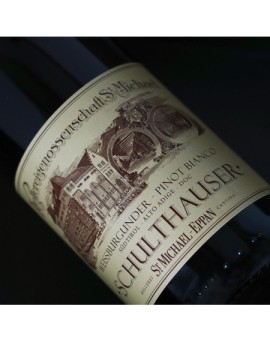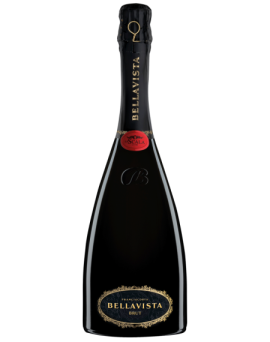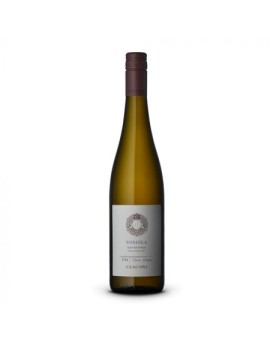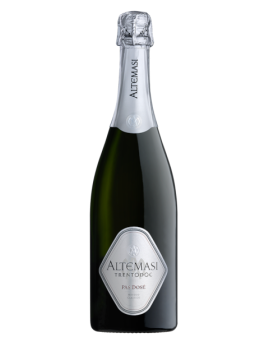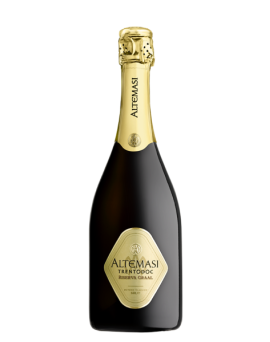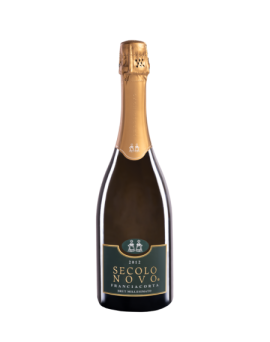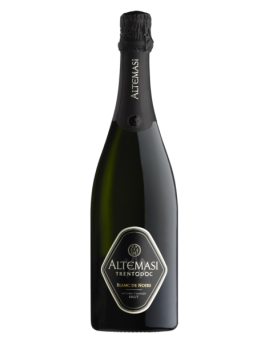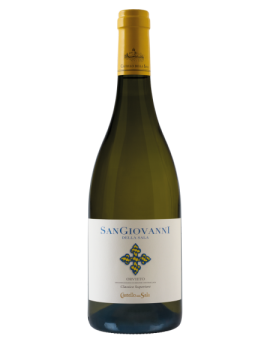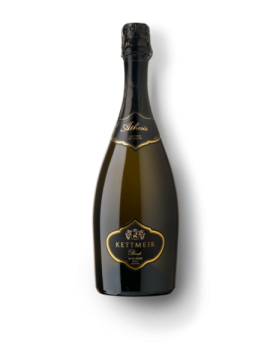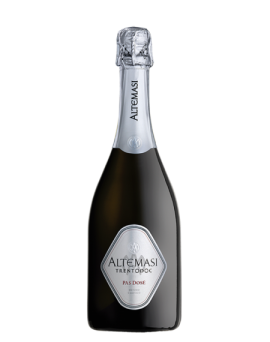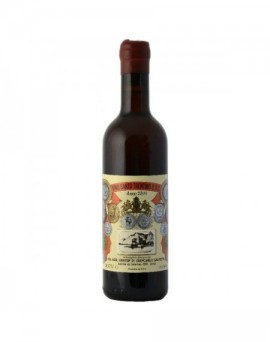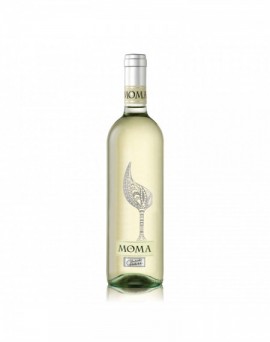Pino Bianco Schulthauser...
South Tyrolean Pinot Blanc<br />Schulthauser 2020<br /><br />Pinot Blanc, South Tyrol's most important grape variety, has awoken from its slumber and has become the region's flagship wine. Schulthauser is the classic among South<br />Tyrolean Pinot Blancs; it was first vinified and bottled in 1982. It is not a loud drop, but a consummate, finely fruity-fresh Pinot Blanc, which at the same time seduces with<br />creamy softness and racy acidity to enjoy.<br /><br />Grape variety: Pinot Blanc<br />Vine age: 10 to 40 years<br />Growing region: Site: Vineyards in 'Schulthaus' above Schloss Moos in Eppan/<br />Berg (540-620m)<br />Exposure: Southeast<br />Soils: Calcareous gravel soils with loam<br />Method of cultivation: Guyot<br />Harvest: Mid to late September, harvest and grape selection by hand.<br />Vinification: The majority (85%) is fermented in steel tanks, the rest in wooden barrels followed by<br />followed by biological acid reduction. In February the two<br />wines are blended.<br />Yield: 60 hl/ha<br /><br />Analytical data:<br />Alcohol content: 13.5<br />Acidity: 5,7 gr/lt<br />Drinking temperature: 8-10°.<br /><br />Recommendation: Exclusive aperitif and summer wine, but also a versatile food companion: it tastes good with seafood and fish, as well as with delicate dishes of wild fowl.<br />It is particularly recommended with South Tyrolean Schlutzkrapfen.<br /><br />Ageing/potential: 4 to 5 years<br /><br />Awards:<br />2019: 93 points Luca Maroni, 92 points James Suckling, 91 points Robert<br />Parker, 91 points Falstaff, 90 points I Vini di Veronelli, 90 points Intravino.<br />2018: 94 points Wine Enthusiast, 91 points James Suckling, 91 points<br />Decanter<br />2015: 89 points Wine Spectator<br />2012: 90 points Wine Spectator; 90 points Wine Enthusiast<br />
Price
€8.50

